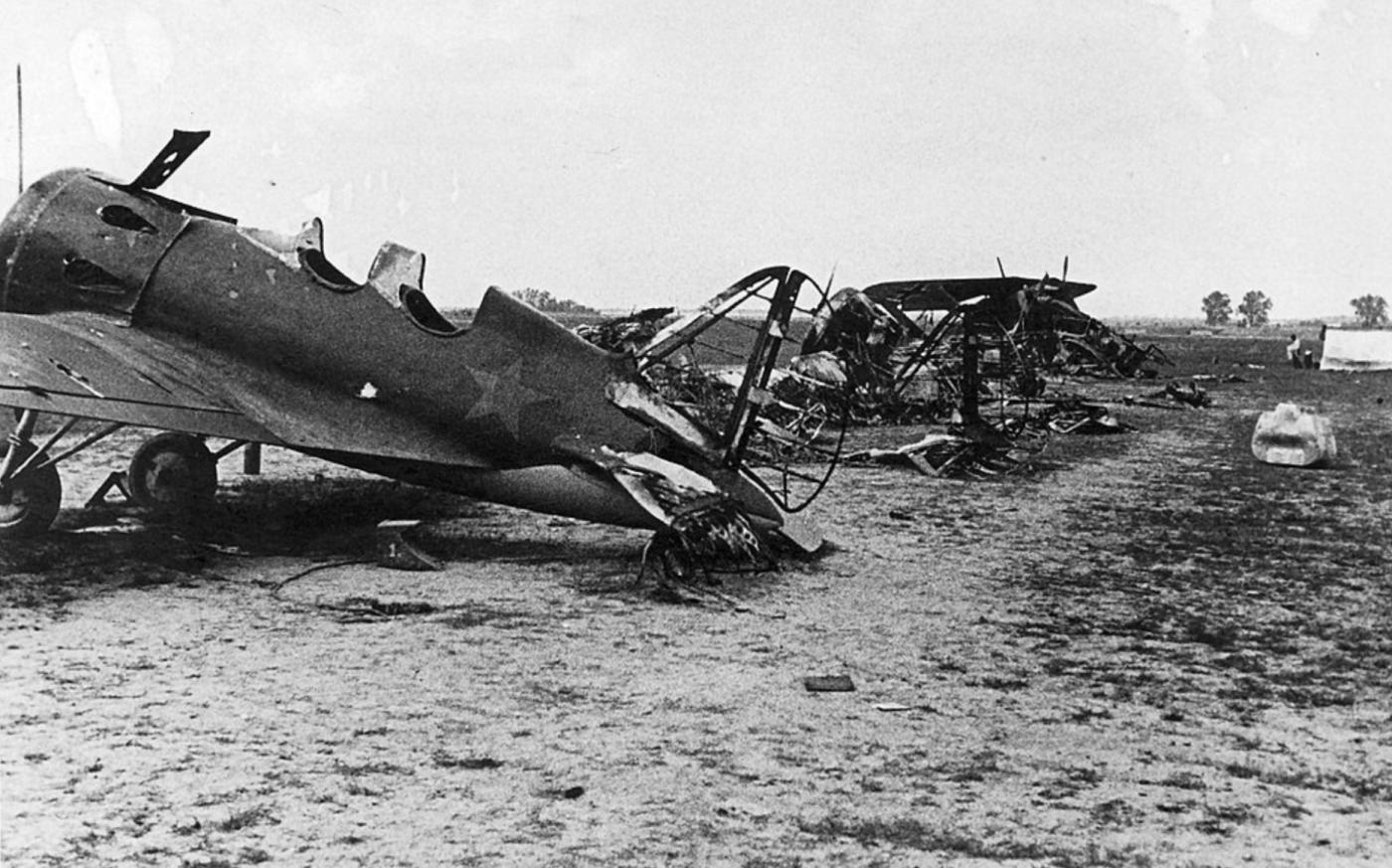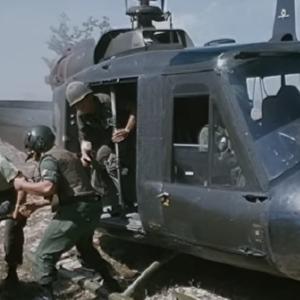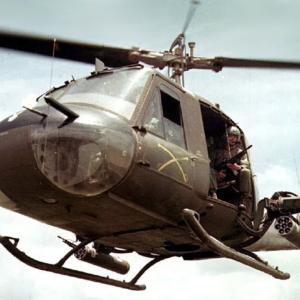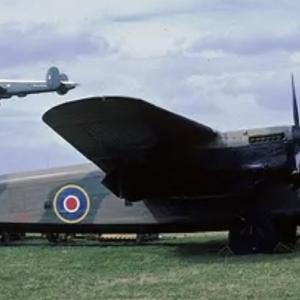
Huge Russian aircraft losses .
Operation Barbarossa, launched by Nazi Germany on June 22, 1941, marked the beginning of the largest and most brutal military campaign in history. It was an ambitious invasion of the Soviet Union involving over three million Axis troops across a front stretching nearly 1,800 miles. One of the most critical components of the operation was the effort to establish German air superiority by destroying the Soviet Air Force, known as the VVS (Voyenno-Vozdushnye Sily), on the ground and in the air. In the first week of the operation, the Luftwaffe achieved stunning success in this regard, inflicting devastating losses on Soviet aviation assets.
In the early morning hours of June 22, the Luftwaffe launched a series of coordinated surprise air strikes against Soviet airfields located in the Baltic States, Belarus, and Ukraine. Relying on intelligence, reconnaissance, and the element of surprise, German aircraft targeted key Soviet airbases in the immediate border regions. The majority of Soviet aircraft were parked in neat rows on open airfields, making them extremely vulnerable to attack. Communication breakdowns, lack of camouflage, poor readiness, and inadequate dispersal contributed to the overwhelming success of these early raids.
Estimates vary slightly due to the chaos of war, propaganda, and differing sources, but most reputable historians and military analysts agree that in the first day alone, between 1,200 and 1,800 Soviet aircraft were destroyed. Of these, the overwhelming majority—approximately 800 to 1,100—were destroyed on the ground. German losses on the first day, by contrast, were minimal, with fewer than 100 aircraft lost, most to anti-aircraft fire or operational mishaps. The Luftwaffe conducted over 3,500 sorties on June 22, often returning multiple times to the same targets to complete the destruction.
Throughout the first week, the situation only deteriorated further for the Soviet Air Force. German ground forces quickly overran additional airfields, capturing or destroying aircraft and aviation fuel supplies. Soviet aircraft that were not destroyed in initial raids often suffered from mechanical failures, lack of fuel, or inadequate maintenance and were unable to mount effective resistance. In air-to-air combat, Soviet pilots—many of whom had limited flight hours and training—were at a severe disadvantage against experienced German aviators flying superior aircraft like the Messerschmitt Bf 109.
By the end of the first week of the invasion, it is estimated that the Soviet Union had lost between 3,000 and 4,000 aircraft. The majority of these losses—approximately 60 to 70 percent—were due to destruction on the ground. In some sectors, entire Soviet air regiments were annihilated before they had the chance to take off. Many Soviet aircraft were obsolete models such as the Polikarpov I-15, I-16, and the Tupolev SB bomber, which stood little chance against the more modern and better-armed German planes.
These catastrophic losses in the first week of the invasion effectively crippled the Soviet Air Force’s ability to contest the air war in the short term. German air superiority allowed the Wehrmacht to conduct operations with minimal fear of air interdiction, support advancing panzer divisions, and execute precision strikes on Soviet logistics and command centers. The loss of aircraft also compounded existing Soviet difficulties in reconnaissance and coordination, contributing to the rapid advances made by German forces in the early phase of Barbarossa.
However, despite this initial success, the Luftwaffe’s triumph was not permanent. The Soviet Union possessed vast industrial resources and eventually reorganized its air defenses, shifting aircraft production eastward and introducing newer aircraft models like the Yak-1, LaGG-3, and Il-2. Still, in the first week of Operation Barbarossa, the Luftwaffe’s destruction of thousands of Soviet planes represented one of the most lopsided and effective opening air campaigns in military history.










